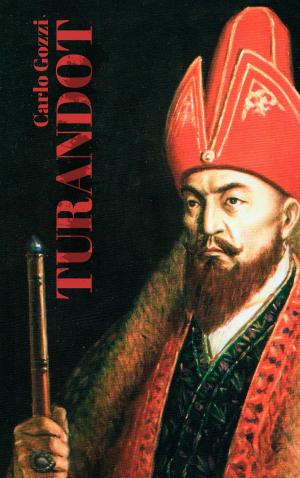| Author: | H. G. Wells | ISBN: | 1230002040424 |
| Publisher: | EnvikaBook | Publication: | December 9, 2017 |
| Imprint: | Language: | English |
| Author: | H. G. Wells |
| ISBN: | 1230002040424 |
| Publisher: | EnvikaBook |
| Publication: | December 9, 2017 |
| Imprint: | |
| Language: | English |
A Short History of the World is a period-piece non-fictional historic work by English author H. G. Wells first published by Cassell & Co, Ltd Publishing in 1922. It was first published in Penguin Books in 1936. It was republished under Penguin Classics in 2006. The book was largely inspired by Wells's earlier 1919 work The Outline of History.
The book is 344 pages in total, summarising the scientific knowledge of the time regarding the history of Earth and life. It starts with its origins, goes on to explain the development of the Earth and life on Earth, reaching primitive thought and the development of humankind from the Cradle of Civilisation. The book ends with the outcome of the First World War, the Russian famine of 1921, and the League of Nations in 1922. In 1934 Albert Einstein recommended the book for the study of history as a means of interpreting progress in civilisation.
A Short History of the World is a period-piece non-fictional historic work by English author H. G. Wells first published by Cassell & Co, Ltd Publishing in 1922. It was first published in Penguin Books in 1936. It was republished under Penguin Classics in 2006. The book was largely inspired by Wells's earlier 1919 work The Outline of History.
The book is 344 pages in total, summarising the scientific knowledge of the time regarding the history of Earth and life. It starts with its origins, goes on to explain the development of the Earth and life on Earth, reaching primitive thought and the development of humankind from the Cradle of Civilisation. The book ends with the outcome of the First World War, the Russian famine of 1921, and the League of Nations in 1922. In 1934 Albert Einstein recommended the book for the study of history as a means of interpreting progress in civilisation.















